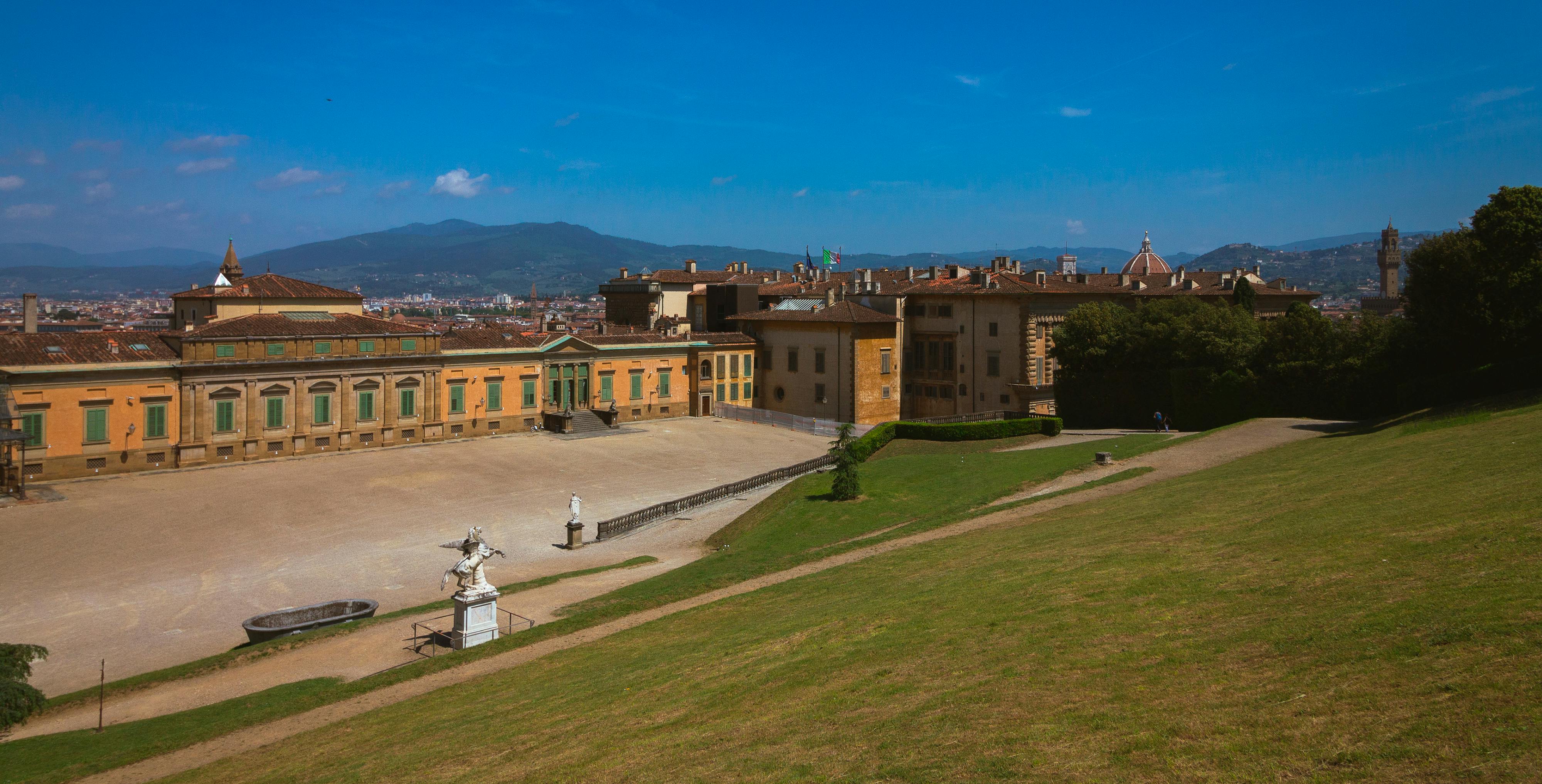History | Museum of Costume and Fashion | Pitti Palace
Founded in 1983, it was the first State museum in Italy dedicated to the history of fashion. The collection consists of clothes and fashion accessories as well as underwear, jewellery and costume jewellery, dating from the 18th century to today. The 16th-century funeral clothing of Cosimo I de’ Medici, Eleonora of Toledo and their son Garzia de’ Medici has been completely restored and is part of the permanent collection on display.
The Museum of Costume and Fashion (formerly known as the Costume Gallery) is located in the Palazzina dell aMeridiana next to the southern wing of Pitti Palace. Started under Grand Duke of Tuscany Peter Leopold by architect Gaspero Maria Paoletti in 1776 and completed in 1830 by Pasquale Poccianti under Grand Duke Leopold II, the building takes its name from the astronomical instrument made by Vincenzo Viviani in 1699. The instrument is in the vestibule – with the gnomon pinhole – of Grand Prince Ferdinando de’ Medici’s apartment. Anton Domenico Gabbiani depicted the Allegory of Time and the Arts (1693) in the vault of the vestibule. All the successive dynasties, from the Habsburg-Lorraine family to the House of Savoy, including the regency of Maria Luisa of Parma and the brief reign of Elisa Baciocchi, left their mark on furnishings and decorative murals.
The Museum occupies thirteen rooms of the Palazzina della Meridiana including the six rooms on the front side. Examples of historical clothes from the beginning of the 18th century to the first twenty years of the 20th century are on display in accordance with an educational policy that highlights the changes in fashion and fabric over the years. Acquired almost exclusively thanks to numerous donations by private individuals, companies or associations, the clothes are exhibited in specially air-conditioned showcases for a period of about four years, at the end of which they are replaced with clothes of the same era. In order to conserve the clothes they must be rotated so as to not submit fabrics to excessive stress through prolonged display on dummies, and other environmental factors that could alter their characteristics. The Museum of Costume and Fashion has many items in storage that require just as much careful looking after as the items exhibited.
